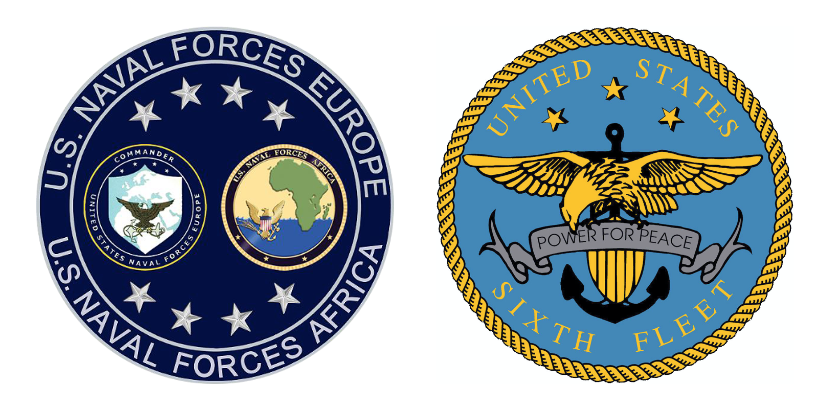[vc_row][vc_column][vc_column_text]When experts discuss the state of the global energy landscape today, they are more likely to talk about America than the Middle East. They may well discuss developments that have opened reserves here at home, practices that better protect communities and the environment, or fuel standards that improve conservation. So why, we must ask, is U.S. energy infrastructure often left living in the past?
Today, oil and natural gas production fields across the United States are experiencing a rebirth. Energy frontiers are growing. As a result, the country’s energy outlook has been turned on its head in a way no one could have imagined only a few years ago. America meets 86 percent of our energy demands, and the International Energy Agency forecasts we will surpass Russia as the world’s leading natural gas producer by 2015.
The challenge now shifts to the question of how do we safely move these resources to market once captured? It is an issue that must be addressed if we hope to sustain America’s energy boom. By every standard, pipeline remains the most reliable and most cost-efficient mode of energy transportation. Due largely to new technology and better industry practices, accident rates have fallen consistently over the past 10 years even as usage has increased.
New concepts like composite pipe with carbon-fiber fabrics and steel or honeycomb core technologies to extend the length and durability of pipeline systems, are revolutionizing transportation capabilities. Not only do such technologies promise to improve line quality, they can be constructed faster over longer distances with fewer joints. Those qualities will help access emerging energy reserves and reduce reliance on train and truck transportation, which pose greater costs and greater risks.
Yet, delays in the regulatory process are sidelining these new technologies. In a paper released earlier this month, United Transportation Advisors identifies a slow regulatory system as one of the primary impediments to infrastructure development in the United States. “Delays in the regulatory process are forcing energy producers to forgo the use of pipelines in lieu of less-efficient shipping modes,” the authors note. “By failing to act, regulators are effectively mandating inefficiencies into the system.” Authorities need to modify numerous outdated codes that no longer reflect infrastructure needs and respond more quickly to new products entering the market.
That doesn’t mean fewer regulations; in fact, it means modifying outdated rules and implementing several new standards that will give greater certainty to pipeline builders and to energy producers alike. Rules governing pipeline safety for gas gathering and transmission of liquids have been delayed for years by the Pipeline and Hazardous Materials Safety Administration at the Transportation Department. Vern Grimshaw and Jack Rafuse, authors of the UTA report, point to the need to approve new rules and note that “increased collaboration between government and the private sector helps improve the safety of the U.S. pipeline infrastructure.” That kind of partnership will open markets to innovative technologies that improve pipe lifespan and reduce leakage.
In his State of the Union address this year, President Obama renewed his call to an “all-of-the-above” energy strategy. Paramount to that charge is an infrastructure that can meet output demands. The president’s call for an “all-of-the-above” energy policy promises to reduce reliance on oversea resources, alleviate consumer prices, and strengthen America’s position as a global leader. But we must remember, the U.S. system is only as strong as its weakest link – which is becoming more and more a shortfall in infrastructure.
American companies are ready to fill the gap. Companies are developing the resources to expand and improve the U.S. pipeline system. We owe it to every sector of the economy to urge policymakers to get on board and modernize regulations before we cede our competitive advantage to countries that will.
Ehsani, PhD, PE is professor Emeritus of Civil Engineering at the University of Arizona and president of PipeMedic, LLC based in Tucson, Ariz.[/vc_column_text][vc_separator][vc_column_text]Click here to view the full article on The Hill.[/vc_column_text][/vc_column][/vc_row]




